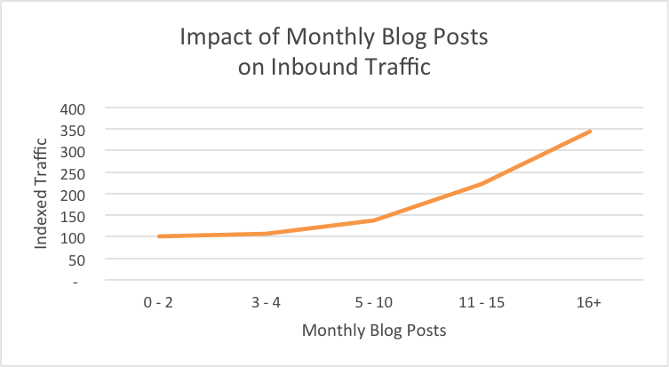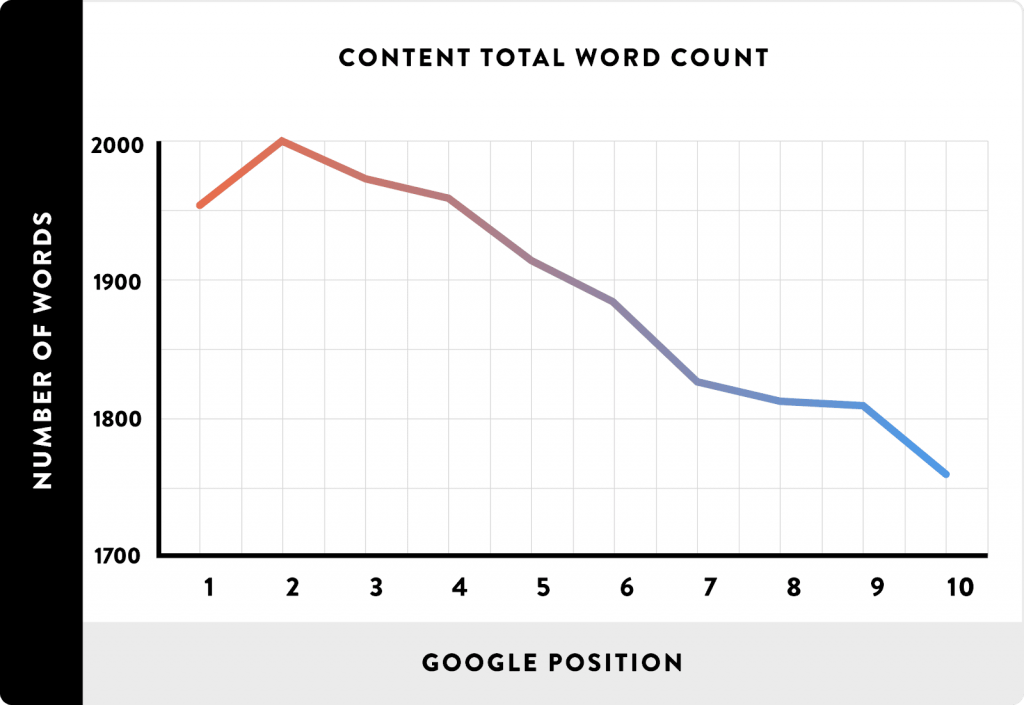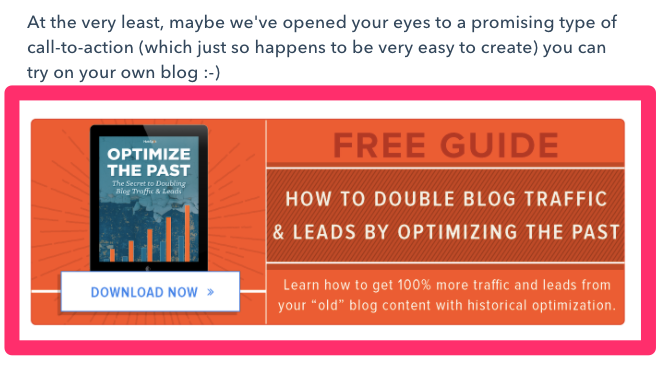Last Updated on April 2, 2018
For optimizing a website, all of us unanimously agree on a saying, “Content is the King”. We believe that high-quality content gives user satisfaction and better optimization for our business or website. Content is a concept hard to understand. High-quality content alone cannot give you good rankings. You need some marketing strategies along with the quality content to boost your website traffic.
You can take guidelines from sources like Wordstream guide content amplification to enhance your website traffic and rankings.
Content with excellent quality makes you withstand the competition and drag the attention of the visitors towards your website. You have to know the ways to create prolific blog content to precede your competitors in the website rankings.
To review quality of content published by your company, you have to do some research about the range of topics your blog can focus on, knowing if you have the potential to answer the questions of the existing customers and drag new visitors to your website, and so on.
Coming to the quantity of content, you have to introspect about the number of blog posts you can publish in a month, how frequently you should publish on your website, how many blogs you should post or create in a month to improve your website traffic and more.
Quantity and quality both are important to improve your website traffic. The question arises here is, which is more important, quality or quantity and what you should opt, one high-quality lengthy blog post or ten short ones to boost your website rankings.
Industry reports on the frequency of blog posts
Hubspot analysis shows the impact of frequency of posting content on the website traffic. The researchers gathered more than 13000 Hubspot customers for this study. The research was carried about how many blog posts are necessary for a month for stability in the growth of website traffic. The reports revealed that more posts in a month helped to enhance the website traffic in desirable levels.

Hubspot managed to distinguish website traffic based on the number of posts per month depending on the size of the company in their study.
Companies with 1-10 employees
If the company posts 11 or more posts a month, the inbound traffic will experience some growth. If the company can add one or two posts a month, the companies that can post more than 11 blog posts can experience three times high traffic. The companies that can post 11 or more blogs a month can receive double the inbound traffic than the companies that can post 2 to 5 blogs.
Companies with 11-25 employees
Companies which can post 11+ blogs or posts a month experienced three times or more high traffic when compared to the companies which can post less than 11 posts a month.
Companies with 26-200 employees
Companies which can post 11+ posts a month witnessed massive traffic at an incredible level than the companies which post once in a month or less.
By this study, we can clearly say that quantity of content plays a crucial role in dragging traffic to a website. Though you can write a number of posts regardless of quality, you cannot get rankings for your website on Google. Google weighs quantity and quality of the content equally.
Unfortunately, the study by Hubspot does not include the quality of content as one of the factors of their study. You cannot achieve heavy traffic to your website if you cannot think beyond the numbers. Google weighs the quality content highly if you can provide it and if it can serve the needs of the users.
Brian Daeno made an analysis of the word count and its relation with top quality content. He explained the influence of word count in website rankings. Here is a graph showing the relation between word count and Google ranking:

Lengthy content may not be high-quality content in all the cases. You cannot judge that shorter content is of low quality. Google weighs lengthy content first in website rankings because lengthy content can serve the necessity of the users better. The intent behind this weighting is, Google considers the user satisfaction as the prime factor to evaluate website rankings. Only the number of posts will not help you get good website rankings. You should produce high-quality content that can serve the needs of the users in a unique way. You should provide useful content to your audience which your competitors cannot.
Be flexible in posting content according to Calendar
Most of the companies have fixed calendar about publishing their posts. Some posts that may top the rankings in March may get out of the searches by September. You should be flexible in posting the content and your schedule to get benefits in the long run. Working according to the clock in posting content may not make a good strategy. Sometimes your calendar may clash with the need to publish according to the demands of the audience. Here comes the clash of quality and quantity. In some cases, you have to publish according to the market trends instead of posting only high-quality content.
You have to stay updated with the trends and modify the topics you want to publish according to the needs of the users. You also have to check whether you are going to publish fresh content on a routine or do some research to publish updated content. High-quality content rules the world of rankings. You should publish more relevant content regularly to get immense traffic to your website. You should have a clear idea about the purpose of the blog and never ignore creativity in your content and flexibility regarding the schedule.
You should write such content that caters the needs of your audience. You should provide them the information they seek in a clear and appealing manner. You should publish the content that suits the interests of your audience. Providing high-quality content outgrows the traffic of the websites that produce medium quality content at a higher frequency. Always quality stands first in the website rankings and quantity will be a runner-up always.
Research before you write
You need to research in-depth before you write on certain topics. Check whether the content you write is relevant to the interests of the users. You have to do research about your targeted audience.
You should identify the needs of the customers who are online, the number of audiences you target, their interests and so on. You have to know more about your audience and customers to create relevant content.
Use analytical tools
There are many analytical tools that support you in your research by providing you the knowledge about your audience. Tools like Google Analytics give data about audience like their age, gender, in-market segments and affinity categories. You can also know about statistics like transactions, bounce rate, and revenue and provide them to your content management by downloading the information.
Review
Never skip the review of pre-collected data. The data may give you some pleasant surprise if you want to find something relevant to your content. Reviewing the past data may help you as a resource when you cannot afford to collect records of data in your budget.
Conducting Interviews
Conducting interviews with third party and audience give you an idea about the variations in your content when compared to your competitors. The interviews may comprise of questions like the relationship of the audience and their expectations about the company.
High-quality content according to Google
In 2011, Google introduced an algorithm called Panda which penalizes poor quality content, spam links, and duplicates. This algorithm changed the perspective of the content marketers and website owners. Check out this MOZ guide to know more about Panda algorithm.
With this algorithm, Google ruled out sneaky SEO content and low-quality stuff. This move made the content marketers change their ways of evaluating content. With the Panda algorithm update, generic and poor quality pages were replaced by high-quality content in the search engine rankings.
The Panda algorithm update took too hard to cope up with most of the website pages but gave us the knowledge about high-quality content in the perspective of Google.
Content with a natural setting
Avoid stuffing of keywords in your content but try to acquire mastery over your topic and present it in an impressive way. You can find tools like Market Muse Content Analyzer to get a score of the quality of your content and rate it on the basis of high-quality norms.
Avoid Duplicate Content
Avoid duplicate content in your pages as Google penalizes duplicate or copied content. If you have multiple pages or blog posts published on your website which may seem duplicate, remove them immediately.
No spam
Avoid content that violates the terms of search engines. Some marketers use black hat SEO techniques to gain website traffic. They may promote spam links. Google removes such pages from the search engines by the use of algorithm updates.
Keep in mind that content should cater the needs of the users but not search engines. Lengthy articles are expected to provide user satisfaction and detailed answers to the questions of millions of users in a clear and appealing way. Google developed an algorithm called in-depth articles 2013 to place lengthy content at the top of the search pages. Earlier, the content with 350-600 words was considered as high-quality content as people liked to know answers to their queries in a short and sweet manner.
But recent searches show that content at an average of 1,890 words topped the website rankings than short form content. Short form content is still in demand but lengthy posts are considered high in the terms of quality. If you want your content to rank high in the search engine, take care that it should be above 2000 words. Some marketers are writing 3000-10000 word posts to take the lead position in the search engine rankings.
Here are some of the black hat SEO techniques that you should avoid getting good SEO rankings
- Avoid automatically generated content
- Avoid duplicate content
- Avoid poor quality backlinks
- Content with irrelevant keywords
- Content with hidden texts or backlinks
High-quality content includes Call to Action or CTAs
High-quality content should make space to call to action or CTAs. You can ask feedback or questions from the audience through these CTAs. CTAs help you make the most of your blog posts. These help the audience to find additional information about your posts. You can offer more to your visitor using these CTAS.
CTAs leave a positive impression on the users. By giving links to more information related to your post through CTAs, you are providing more valuable service to your user. You can place CTAs at any part of the content but the placements of CTAs play a decisive role in your website rankings. CTAs work for sure but they must be relevant to the topic.
CTAs within the copy
CTAs within the copy or inline CTAs drag the attention of the users easily. About 47-93 percent of viewers navigate through CTAs within the copy. Hubspot researches show these results.
CTAs at the end of the blog post
CTAs are a good way to end the blog or post. You can ask the user feedback or queries by ending up a blog with CTAs. But take care that your CTA should not contradict the objective of your blog or post. The CTAs should be able to anticipate the reader about the next move after reading your post. For example, you can take a look at the instance from Hubspot

Let us have a look at the types of the CTAs.
In-line CTAs
In-line CTAs contain hyperlinked text in the sentence. You can format the text to stay out of the copy if you want to. You can use them as navigation links to other articles of yours. You can optimize the text of hyperlinks in your CTAs. This SEMRush guide tells you how to optimize content for CTAs.
Comment below CTAs
Comment below CTAs may help you to engage a number of audiences. You can make a good impression on readers by asking them to make a comment at the end of the post through CTAs.
Smart CTAs
Smart CTAs depend on the time spent by the user to read your blog post. You need to use them mostly in your transactional blogs. Transactional blog posts differ from informational blogs. Transactional blog posts have the capacity to turn your readers into customers. They provide more information to the customers regarding the interests of the customers.
By use of smart CTAs in your transactional blog posts, you can convert your visitors into leads, leads into customers and customers into promoters as these posts include features and information about your products.
You can convert the visitors into leads by offering white papers and case studies about your product in smart CTAs for free. To convert your leads into customers, you can offer free trial offers regarding your product using smart CTAs.
To earn the loyalty of your customers, you can provide them some resource to share with their team using smart CTAs. You can email the resources or worksheets to the clients who don’t have the budget at the particular time on their request with the help of smart CTAs. This will help you to gain a goodwill among the customers.
TL;DR
Content marketing is an easy and profitable means to invest in if you can put good efforts in it. You must improve your content to withstand the competition and make a place in the SERP rankings. The benefits of promoting strong content are, you can optimize your website well and you can create a unique place as a resource of knowledge for your users.
If your website stands first in the search results, you can make an impression on the users as a pro.
Try to publish the best quality content.For this, you have to make a good research about the needs of the targeted audience, feel free to include trending topics in your website irrespective of the calendar, give clear and in-depth information about the topics in an impressive manner and feel free to communicate with the audience and encourage them to respond. Optimize your website with good SEO techniques and avoid black hat SEO techniques like spamming or duplicates.
The above steps will help you to produce high-quality content and optimize your website in a fair manner to top the website rankings with a balance of quality and quantity.

